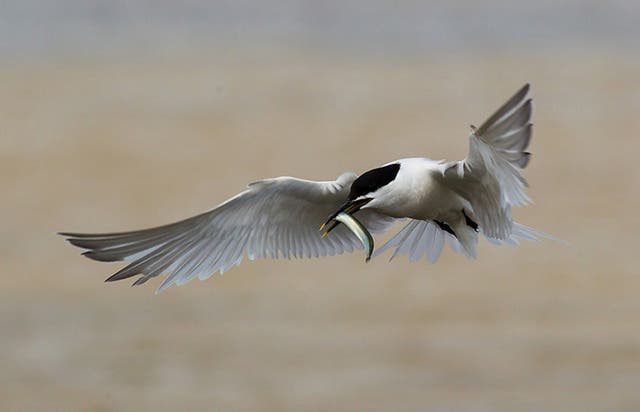Review into new protection of sea life launched
The review will examine whether and how the strongest protections for areas of sea known as Highly Protected Marine Areas (HPMAs) could be introduced.

The Government has launched a review into whether new protections for sea life and marine habitats in England can be introduced.
The review will examine whether and how the strongest protections for areas of sea known as Highly Protected Marine Areas (HPMAs) could be introduced.
New HPMAs would protect vulnerable areas of England’s “precious coastline” by closing them to any human activity with the potential to cause harm, the Department for Environment, Food and Rural Affairs (Defra) said.
Environment Secretary Michael Gove announced the review on Saturday to mark World Oceans Day.
His announcement comes after the existing network of marine conservation zones expanded by a further 41 areas last week.
Mr Gove said: “The UK is a global leader in the fight to protect our seas, but World Oceans Day is an important reminder that we need to safeguard the future prosperity and health of our ocean.
“Last week we designated 41 new marine conservation zones with an area almost eight times the size of Greater London, and our review into HPMAs will help inform our next steps in the Government’s work to expand and strengthen the UK’s Blue Belt to create richer habitats for marine life.”
The announcement follows the Government’s manifesto commitment to create a Blue Belt of marine protection for Britain’s overseas territories and its own coast, Defra said.
Targeted HPMAs would complement the existing network of marine conservation zones and allow vulnerable marine wildlife to fully recover, free from all damaging human activities, with the aim of restoring areas to a pristine state, it added.
The UK’s Blue Belt currently spans 220,000 sq km with 128 Marine Conservation Zones including 89 in English waters.

Introducing targeted HPMAs and the expansion of marine conservation areas would mark the most significant expansion of England’s “Blue Belt” of protected areas to date, Defra said.
It will also support the Government’s international efforts in calling for 30% of the world’s oceans to be protected by 2030, the department added.
The review, led by Conservative MP and former fisheries minister Richard Benyon, will be asked to establish an evidence-based process and criteria for selecting HPMAs and recommend potential pilot sites.
Conservation groups, fishermen, marine industries and local communities will have their say on these potential new areas, Defra said.
Mr Benyon said: “Our ocean is precious resource, valuable not just for its marine diversity but also for the many livelihoods it supports on our coastline.
“While many areas have strong protections in place, there is a need to consider whether and where we can go further to safeguard marine life, balancing the needs of fishing, conservation and local communities.”
The Government will also publish an international ocean strategy this year setting out further action to conserve and sustainably use the ocean, the department added.





